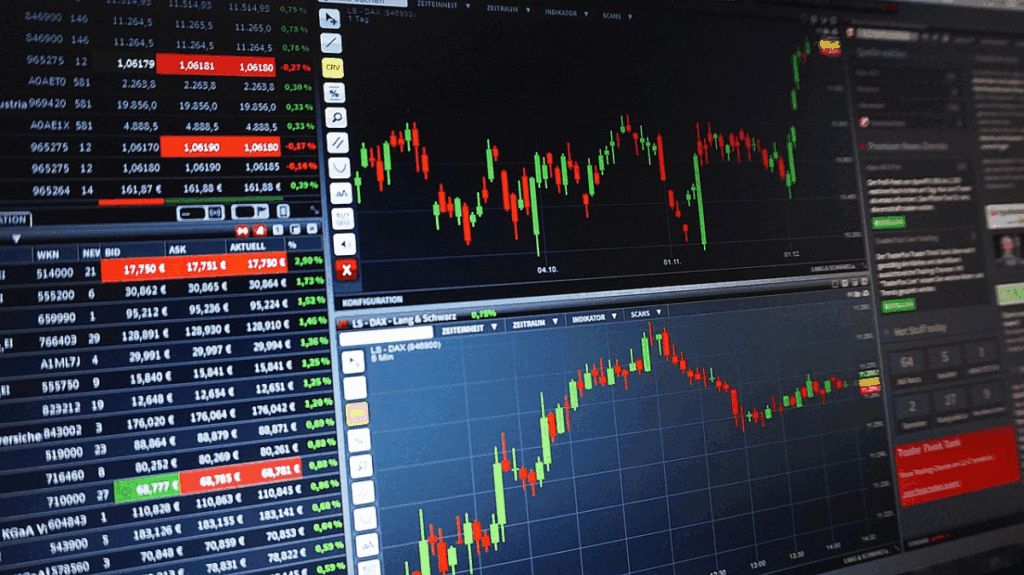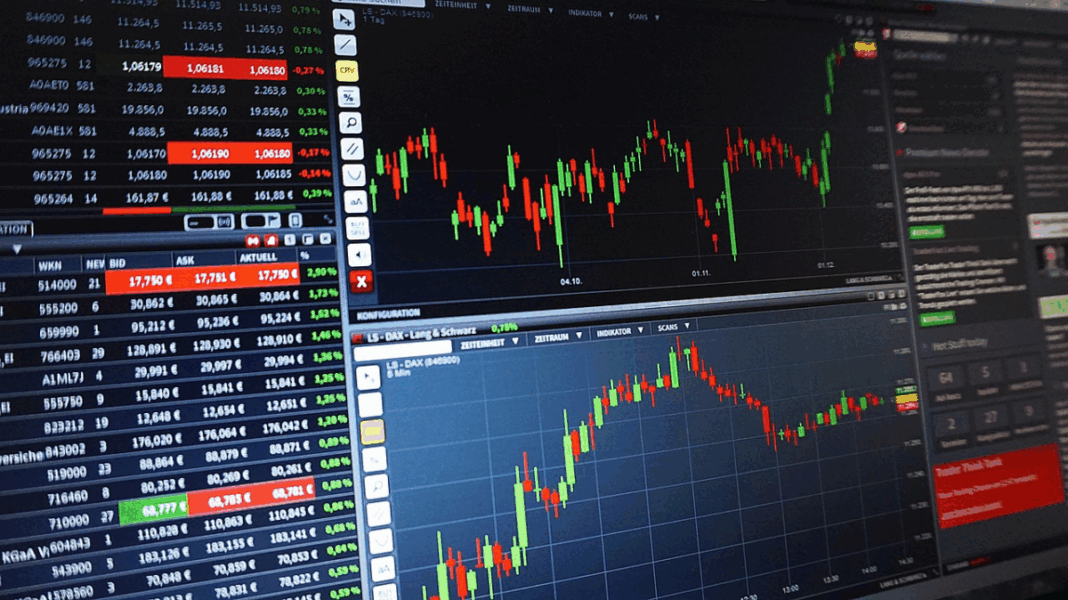Trading has worked its way into daily life in the Philippines. It isn’t locked away behind jargon anymore. With platforms like FBS, a lot of people now get their first look at markets through a phone screen, sometimes while waiting in traffic or taking a coffee break. What used to sound like abstract currencies, charts, and price swings has become part of casual talk. Students bring it up at school, office workers check rates at lunch, even small business owners glance at exchange movements to figure out costs.
Peso at the Center of Attention

The peso has always been more than just paper bills. It is the measure people use to judge how secure they feel. When the peso weakens against the dollar, imported goods shoot up in price fuel, gadgets, groceries. Families feel it right away. When it strengthens, things calm down, but overseas workers sending money home notice the difference in their remittances.
Traders pay attention because these movements are more than headlines. A single speech from the Bangko Sentral ng Pilipinas can shift the tone of the market. Raise interest rates and the peso might climb; lower them and the reaction could be the opposite. For locals, this dance between domestic policy and global events has become a kind of rhythm they try to read.
Access Has Changed Everything
Not long ago, opening a trading account felt like a maze. Papers to sign, minimum deposits that scared off beginners, and confusing requirements. Today, people can set up an account in minutes. Upload an ID, connect a bank or e-wallet, and they are in.
This change matters. Beginners usually try demo accounts first, pressing buttons and watching charts move without risking cash. It feels like a game at the start, but it builds familiarity. Experienced traders, by contrast, demand features: proper charting, more order types, stability across laptop and phone. Both groups depend on platforms to keep the doors open and the tools reliable.
Market Talk Spreads Beyond Offices
What’s surprising is how far trading has seeped into ordinary spaces. Jeepney rides, coffee shops, university corridors currency and inflation sometimes slip into conversations. It doesn’t mean everyone trades, but more people recognize how global events spill into local wallets.
Social media feeds this awareness. Short clips explaining leverage or interest rate hikes rack up views. Chat groups swap screenshots of trades. Advice isn’t always solid, but the exposure means even people who never place an order understand that news abroad oil prices, US policy shifts, regional tensions affects daily life in the Philippines.
What Locals Watch Closely
For anyone following markets in Manila or Cebu, a few signals come up again and again:
- Peso–dollar exchange rate moves
- Inflation data from the central bank
- Interest rate announcements
- Global oil prices
- Regional trade news and political updates
These markers give shape to the market mood. They are not guarantees, but they guide decisions.
Opportunity Mixed With Risk
The draw of trading is obvious: a chance to make money outside of regular jobs. Some treat it as side income, others as a long-term project. But volatility cuts both ways. The same swings that create profit can turn against a trader in seconds. For many Filipinos just starting out, the lesson is that discipline matters as much as ambition.
Still, the momentum is real. Each year brings more participants, not just in big cities but also in provincial areas where smartphones are the main gateway to the financial world. The mix of local issues, peso shifts, inflation and global signals keeps the space alive with stories.
A Landscape Still Taking Shape
Trading in the Philippines feels unfinished, like a road still under construction. Yet the direction is clear: more access, more awareness, more conversations linking the peso in people’s pockets to movements on global charts. Platforms, local policies, and ordinary curiosity are all driving the trend forward.

